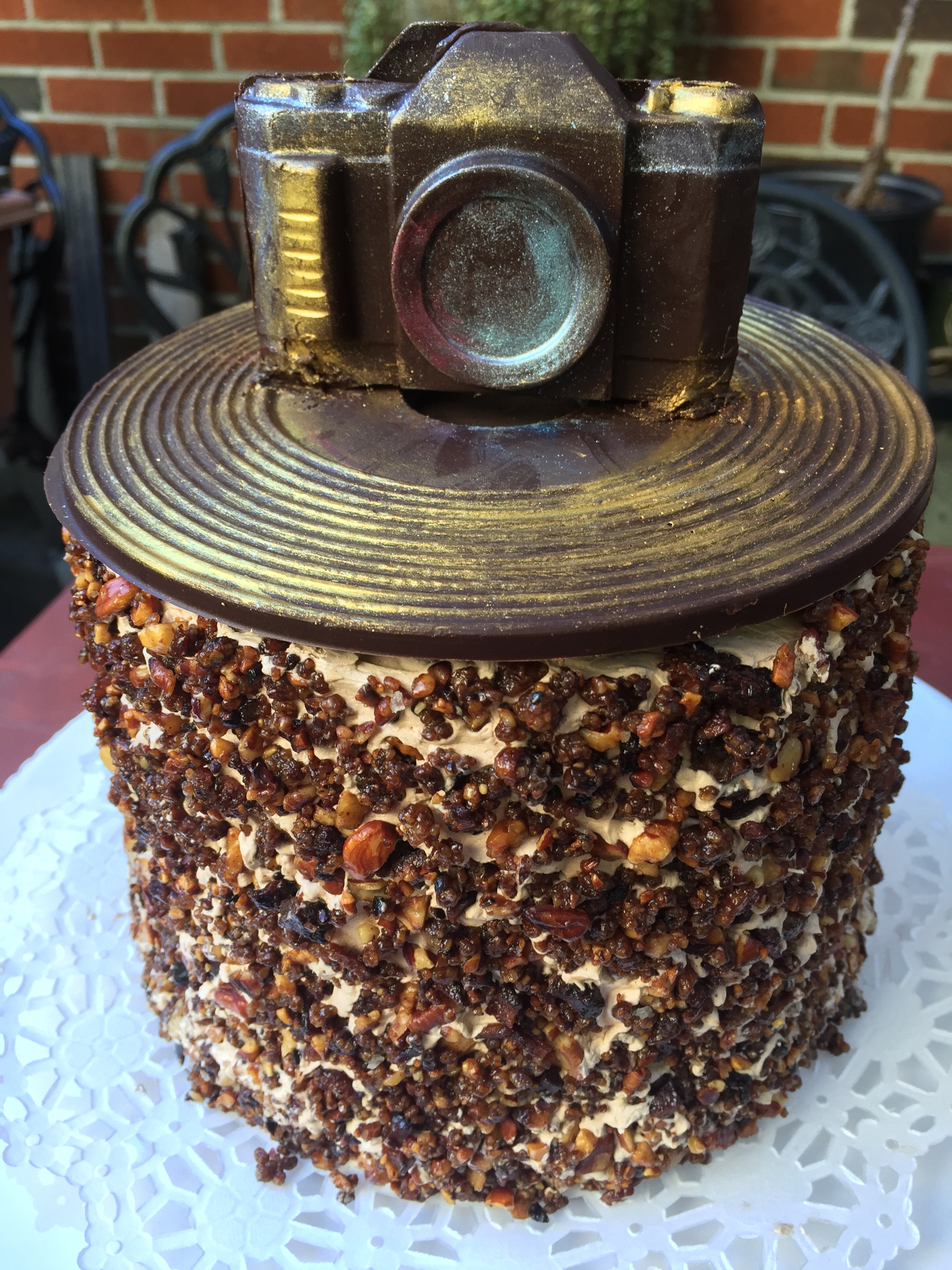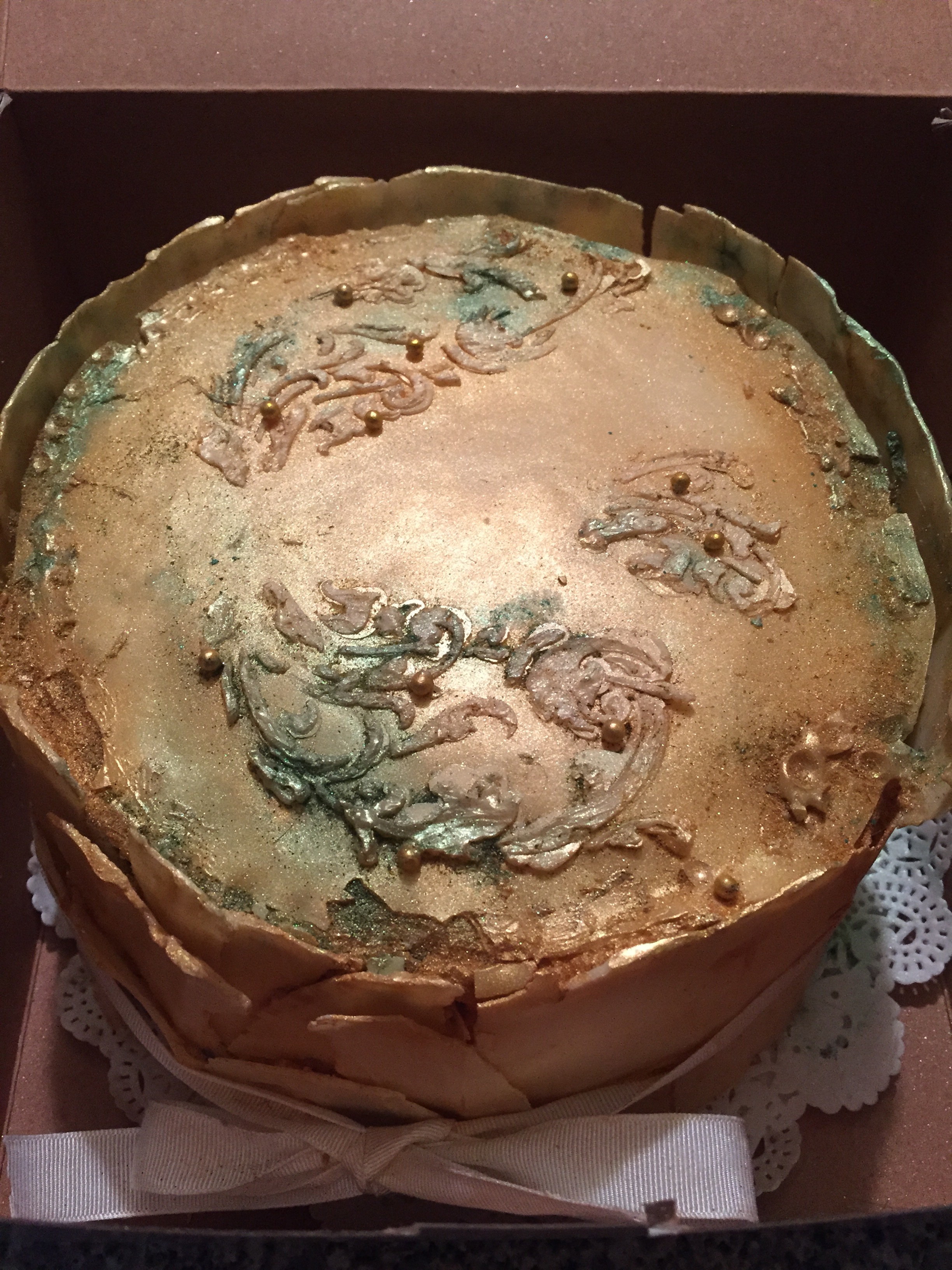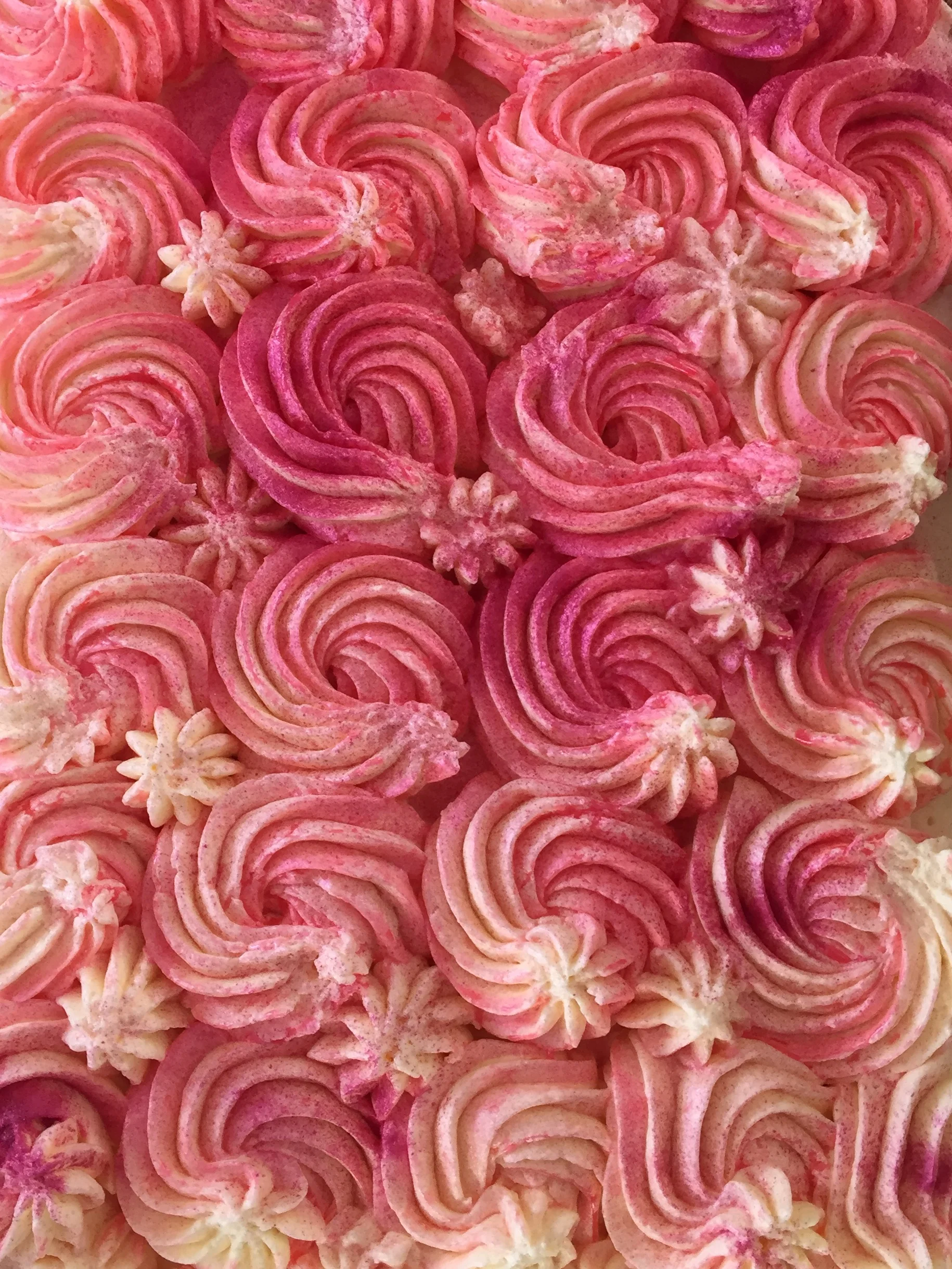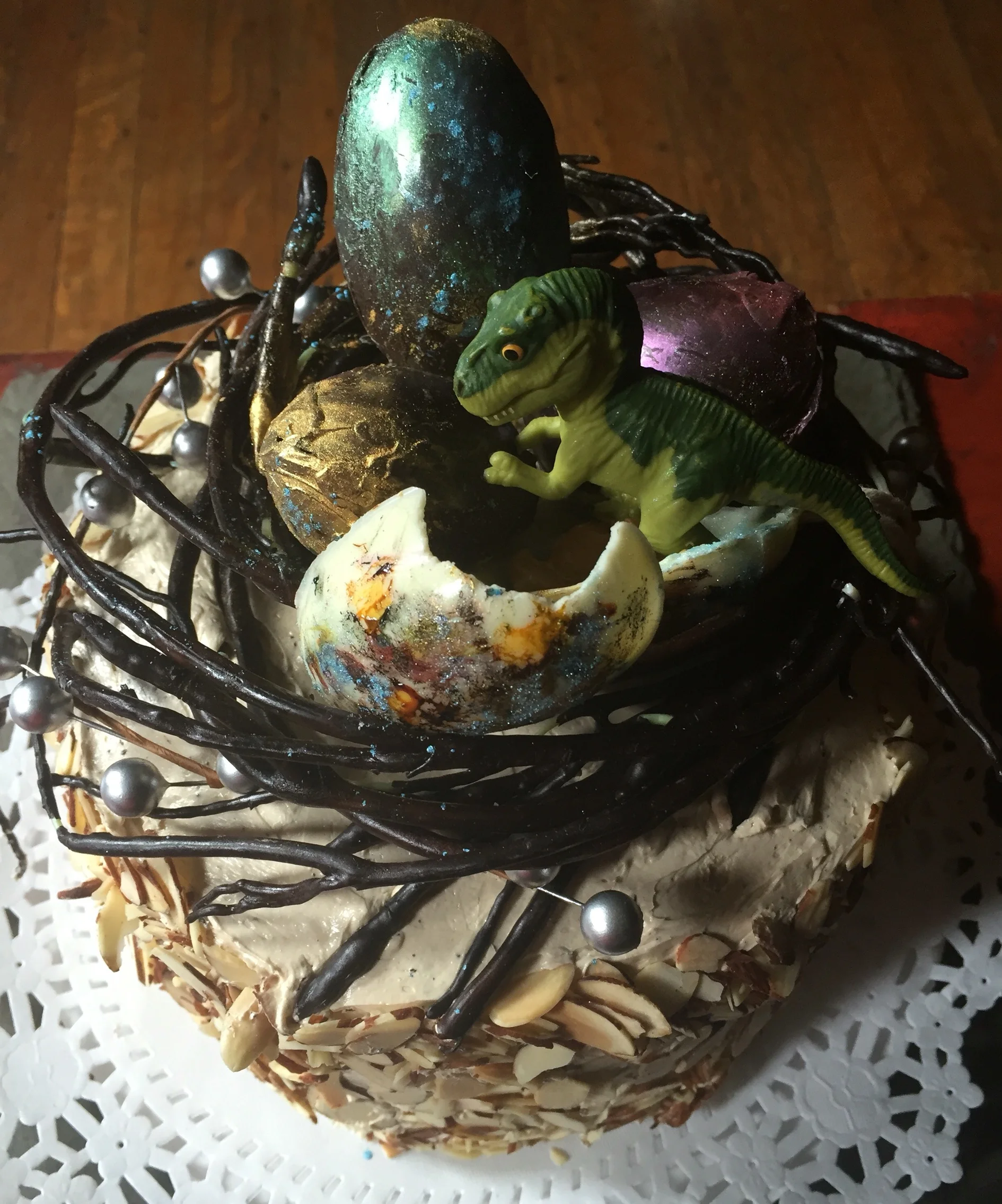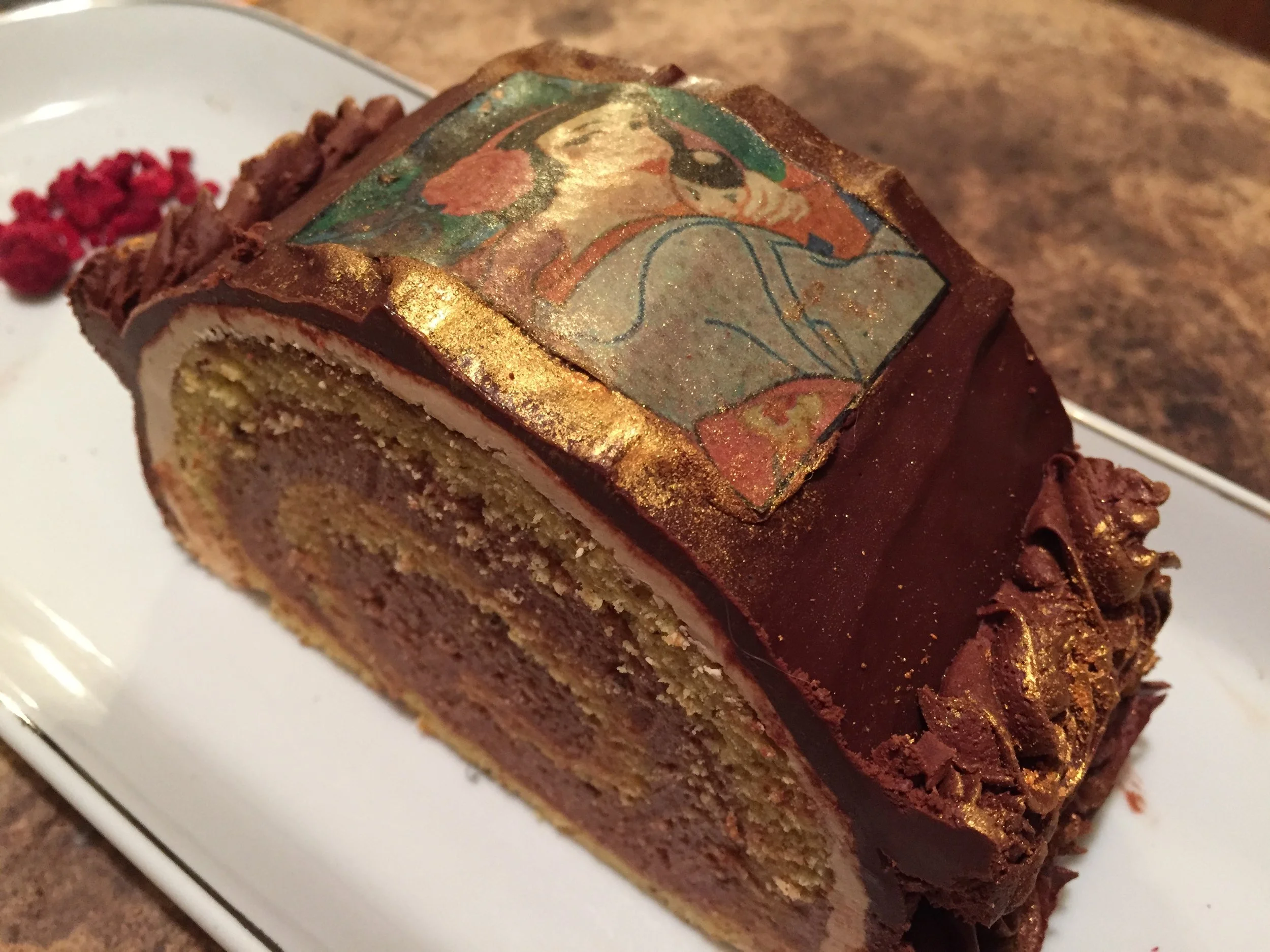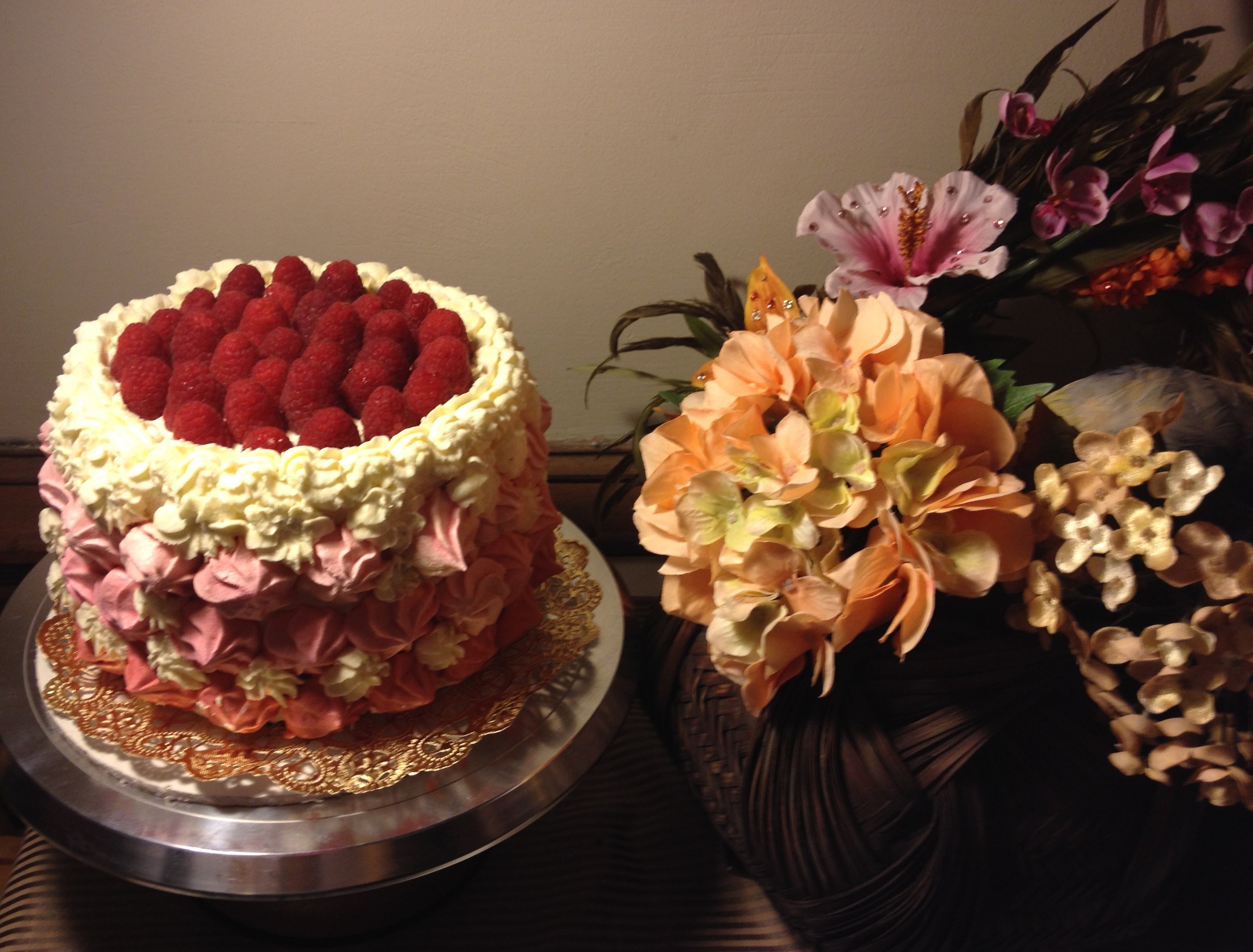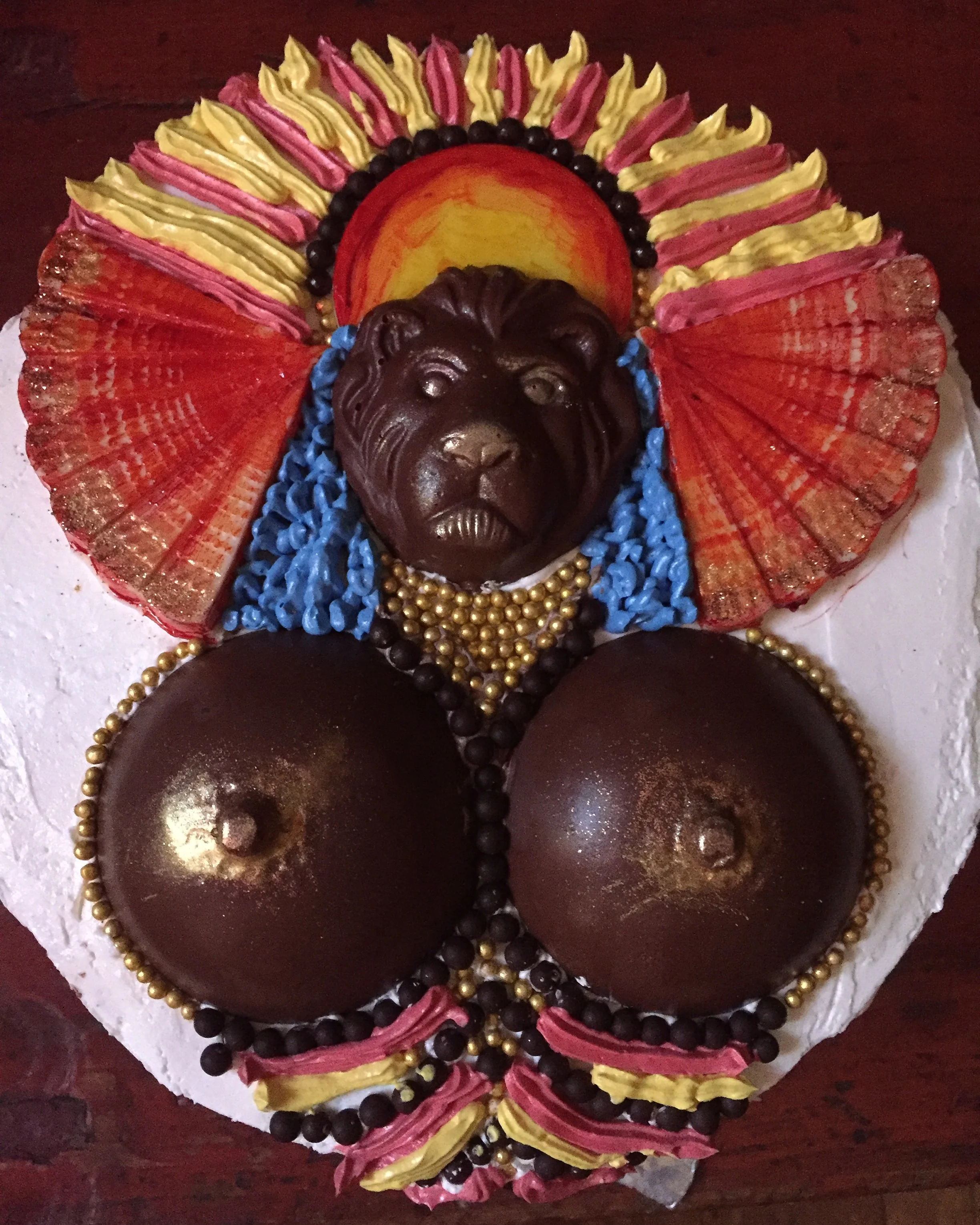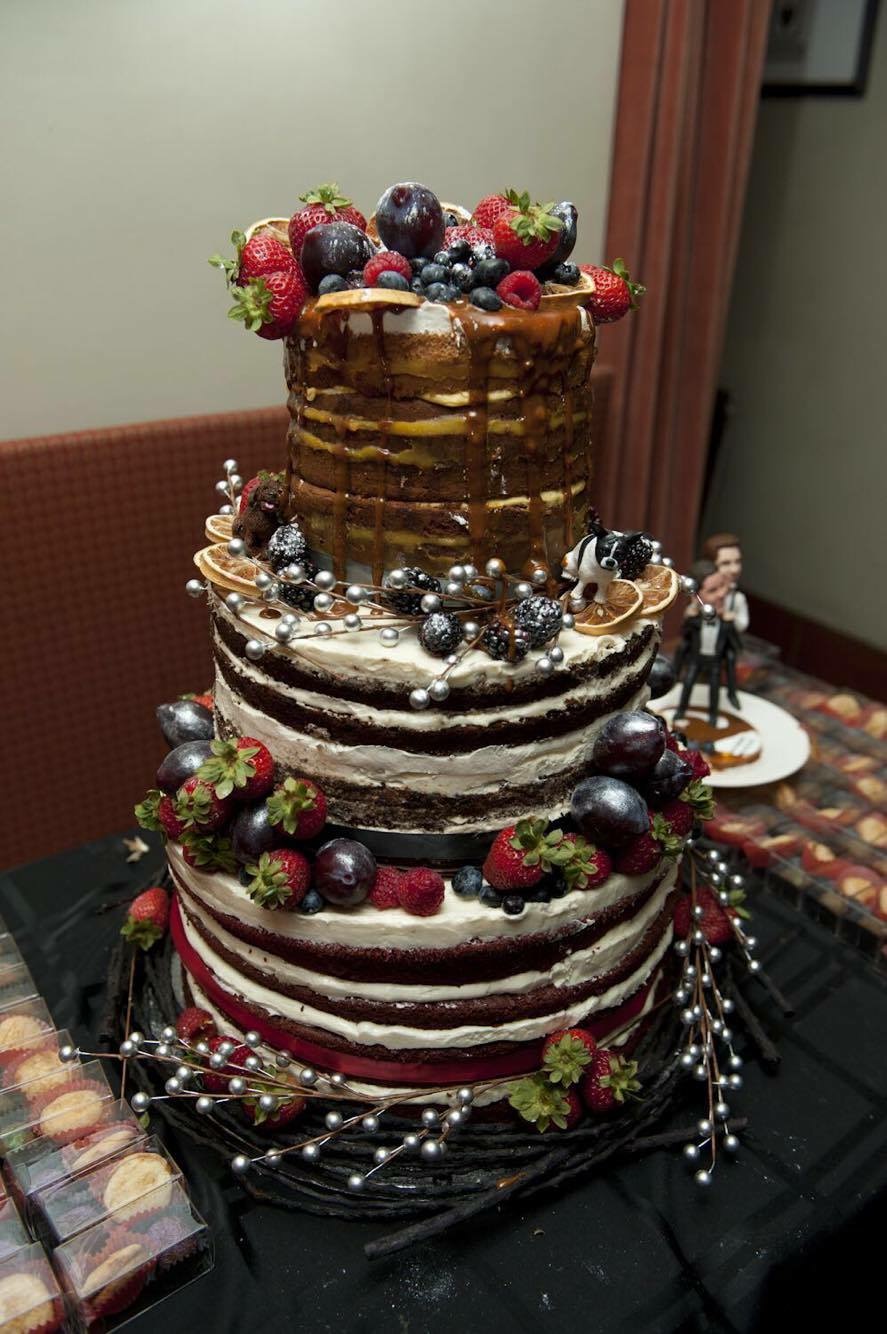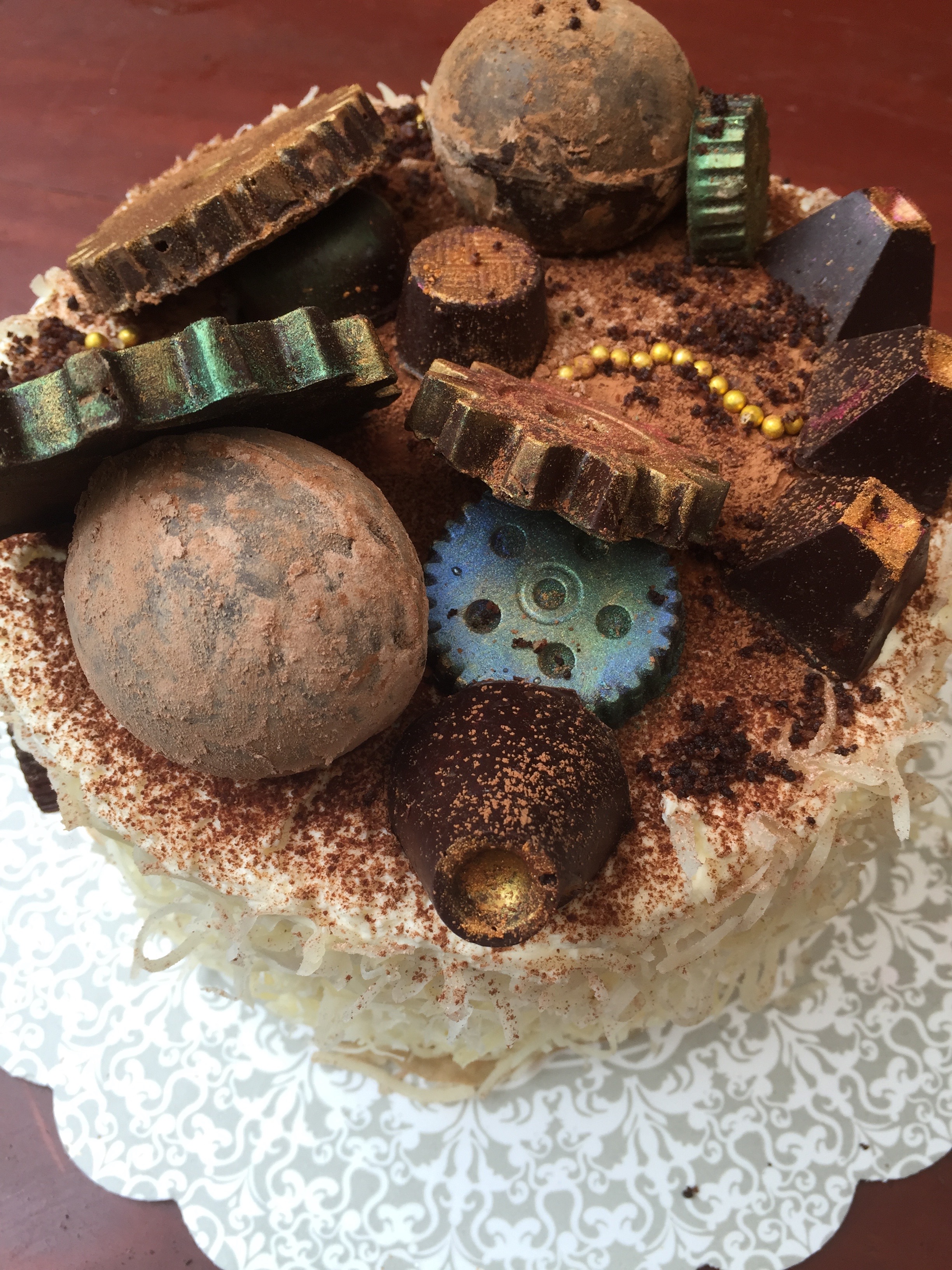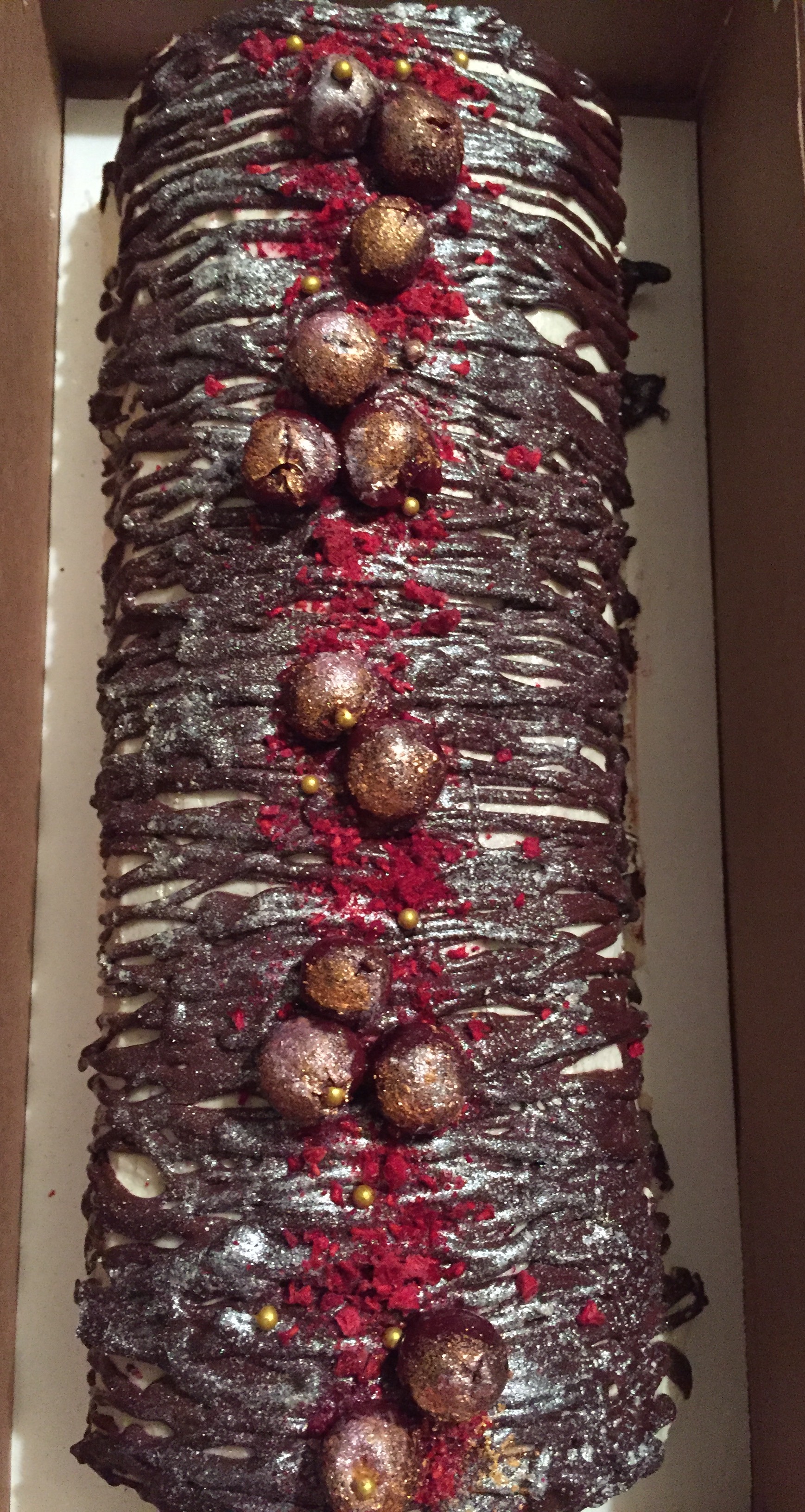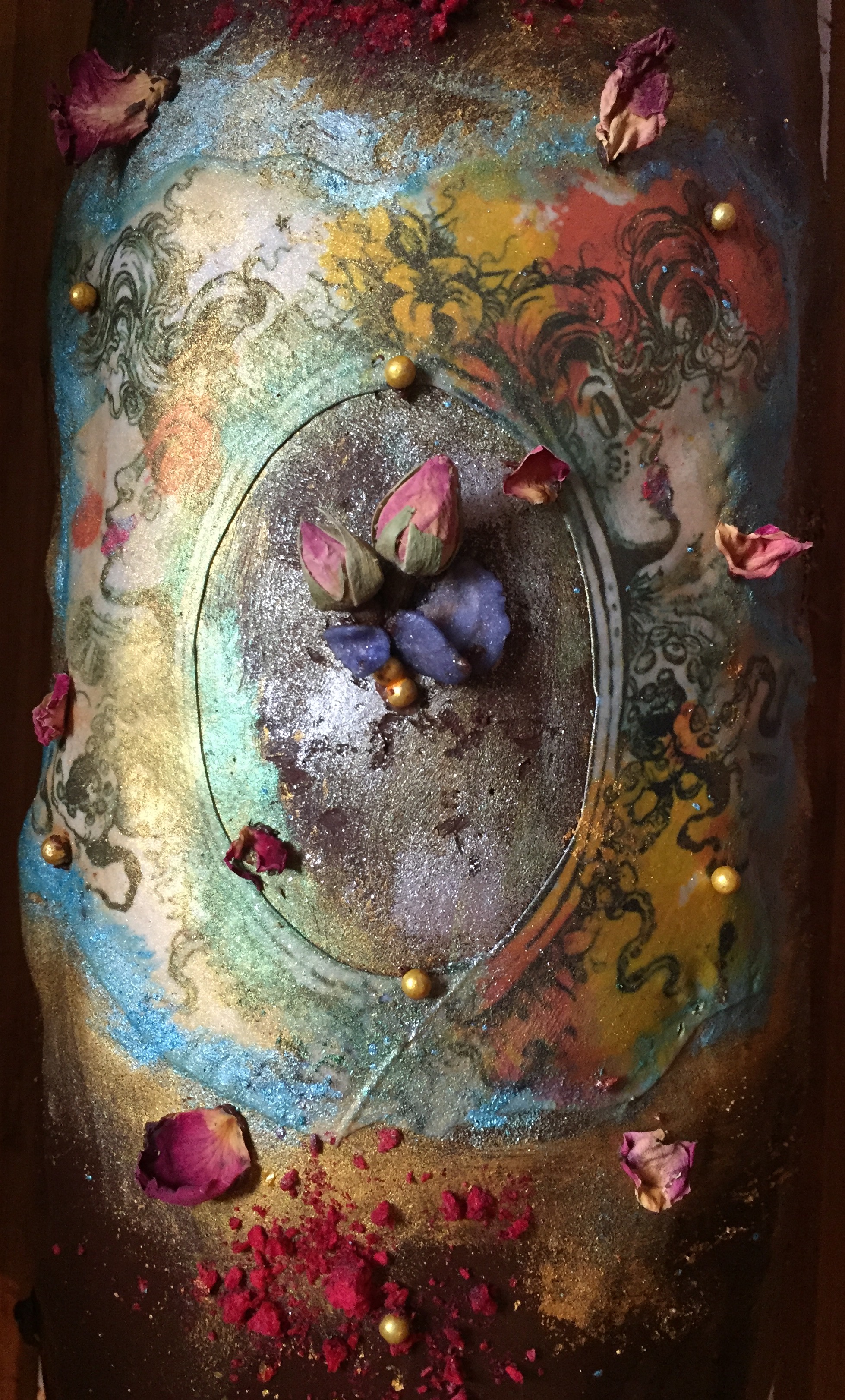Discerning Taste

Discerning Taste
When asked about my first experiences in the kitchen, the only thing I can recall is a pamphlet from Blue Band margarine, a staple used throughout Indonesian households. It was from the 1970's, filled with colorful pictures and recipes for cakes. A rainbow bundt cake caught my eye and I have been obsessed with baking ever since. Old family photos, however, reveal that I had also been making my own version of Indonesian steak tartare long before I could even read. It would seem that I discovered the joy of cooking and the pleasure of baking at the same time.
In retrospect, these early explorations were motivated by my parents and cultivated by my grandmother, a grand lady who traded her village-famous sambals for cans of salmon brought to the "East Indies" by the Dutch plantation owner who my grandfather worked for. Her food was legendary, as was her sorcery (She was a keeper of ancient rites and rituals for the things of everyday life, but that is a story for another time). She was magical in every way and had a distinct skill for bringing people together, particularly through her cooking.
In the Indonesian culinary landscape, there are the traditional cuisines, both savoury and sweet and there are also what I call “colonial cuisines”, dishes and desserts inspired by Dutch and other European countries over centuries of occupation. My grandmother was known for her knowledge of traditional Central Javanese cuisine as well as her “colonial” baking skills. All of my childhood memories of family gatherings and conversations are centered around her and the whole table of food she would produce. She made sure all her grandchildren’s favorites were represented.
My early palate was developed at her table. Every year, my siblings and I would get a birthday cake from a reputable dutch style bakery famous for their birthday cakes. As a 6 year old cake connoisseur, I already had some idea of how a good cake should look and taste.
Baby Me was very critical of the aesthetic. I recall the cake design being rather colorful but tacky by my juvenile standards. It had garish, brightly colored roses and some cheap Barbie knockoff doll as the decoration. Even then, I knew less was more. I asked for a different kind of look: a nice monochromatic cake, the color of muted mocha. My father had the idea of making a gold origami princess as a topper. I was always turned off by the taste of their birthday cake; it was heavily soaked in imitation rum flavoring and it was too bitter for my 6 year old palate. My parents had the bakers fill the layers of yellow genoise with strawberry jam. (20 years later, I’ve put the jam aside and incorporate as much booze into a dessert recipe as it can possibly hold. ClearIy, my palate has evolved.)
The quest to find that perfect cake became a lifetime obsession. I soon realized the path to achieving perfection was to learn to make it myself. My earliest memory was at 5 years old having my mother teach me how to separate the egg yolks from the whites. This early adventure turned out to be the gateway to understanding and cultivating a passion in all facets of baking.
Today, after decades of successes and failures, I am very proud of my cake making ability as well as my general baking skills. I’ve become well versed in different types of cakes and the differences between European and American style baked goods. I have developed recipes over the years and found that perfect formula of flavor combinations, texture, the right degree of sweetness, and a presentation that is both delicious, and pleasing to the eyes. I think that my formula makes my baked treats a unique and memorable experience for those who are lucky enough to taste them.
